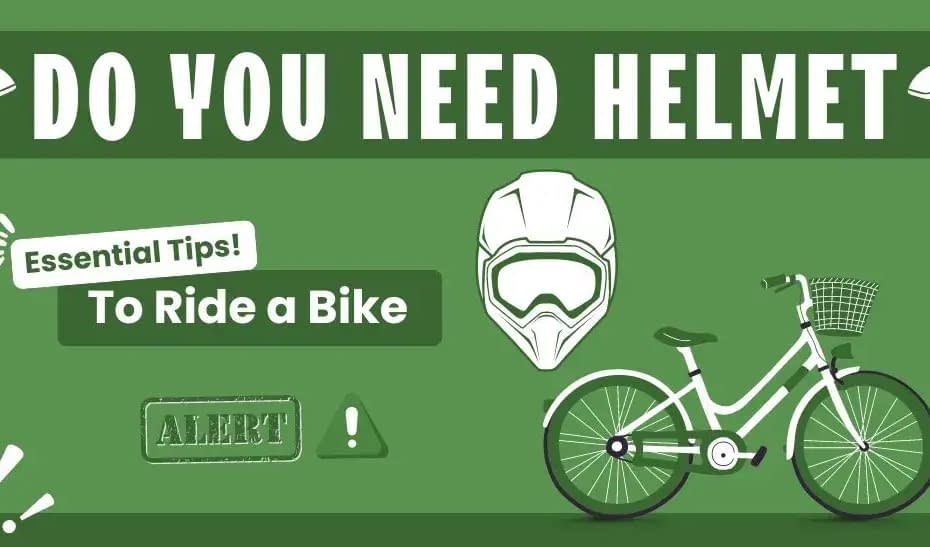Riding a bicycle offers numerous benefits, but it’s not without risks. Bicycle accidents can lead to injuries, even fatalities, making head protection crucial for cyclists of all ages and skill levels. This article delves into the importance of wearing bicycle helmets, exploring helmet technology, effectiveness data, laws, proper fit, and additional safety tips for both children and adults.
Understanding Bicycle Helmet Laws
Helmet laws for cyclists vary widely depending on location. In the United States, no federal law mandates bicycle helmets, but numerous states and local jurisdictions have enacted their own regulations. These laws predominantly focus on protecting young cyclists, with 22 states and the District of Columbia having laws requiring helmets for riders under 18. Some cities have extended these requirements to adults. Enforcement and penalties for non-compliance also differ across regions. Cyclists must be aware of the specific laws in their area to avoid fines or other consequences.
Helmet Technology and Safety Standards
Bicycle helmets come in various styles and materials, catering to different cycling disciplines and preferences. Common types include road helmets, mountain bike helmets, urban helmets, multi-sport helmets, and helmets specifically designed for children.
These helmets are typically made from expanded polystyrene foam (EPS) for impact absorption and polycarbonate plastic for a durable outer shell. Some feature additional safety features like MIPS technology, which reduces rotational forces during impacts.
To ensure your helmet meets safety standards, look for certifications from organizations like the U.S. Consumer Product Safety Commission (CPSC), ASTM International, Snell Memorial Foundation, or EN 1078 (Europe).
The Effectiveness of Helmets in Preventing Injuries
Numerous studies consistently demonstrate that bicycle helmets significantly reduce the risk of head injuries in accidents. Research indicates helmets can reduce the risk of head injury by 50-85% and brain injury by up to 88%. They are particularly effective in preventing severe head injuries involving loss of consciousness.
Government agencies and traffic safety organizations also emphasize the importance of helmet use. Their data reveals a significantly lower fatality rate among helmeted cyclists compared to those without helmets.
Counter Arguments and Rebuttals
Despite the overwhelming evidence supporting helmet effectiveness, some arguments against their use persist. These include claims that helmets don’t prevent serious injuries, discourage cycling, are inconvenient, or should be a matter of personal choice. However, research and data refute these claims, highlighting that helmets are a crucial tool for preventing traumatic brain injuries and promoting public safety.
Proper Helmet Fit and Usage
To maximize protection, wearing a properly fitted helmet is essential. The helmet should sit level on your head, covering your forehead, with the straps forming a “V” shape under your ears. The chin strap should be snug but comfortable. If the helmet shifts or comes off easily, adjust the straps accordingly. Always replace your helmet after a crash, as the foam may be compromised, and consider replacing it every 3-5 years due to wear and tear.
Additional Safety Tips for Cyclists
Beyond helmets, several other safety measures can enhance cyclist safety. These include wearing bright and reflective clothing, riding defensively and obeying traffic laws, maintaining your bicycle in good working order, and being aware of your surroundings.
Children and Helmet Safety
Children are particularly vulnerable to head injuries, making helmet use even more critical for them. Start children wearing helmets early, ensure proper fit, model safe behavior, let them choose their helmets, and enforce helmet use consistently. Remember to replace helmets after crashes, even if they appear undamaged.
Conclusion
Cycling is a fantastic activity with numerous benefits, but safety should always be a priority. Wearing a properly fitted helmet every time you ride is the single most effective way to reduce the risk of serious head injuries. The evidence overwhelmingly supports the effectiveness of helmets in preventing traumatic brain injuries, and their use should be encouraged for all cyclists, regardless of age or experience.
By promoting helmet use, educating cyclists on proper fit and usage, and implementing supportive policies, we can create a safer cycling environment for everyone. Remember, a helmet is a small investment that can have a significant impact on your well-being and enjoyment of cycling. Ride safe and enjoy the journey!
FAQ
When should children start wearing helmets?
Children should wear helmets as soon as they begin riding bikes or other wheeled toys.
Are there different types of helmets for different cycling activities?
Yes, helmets are designed for specific cycling disciplines like road cycling, mountain biking, etc. Choose one appropriate for your activity.
